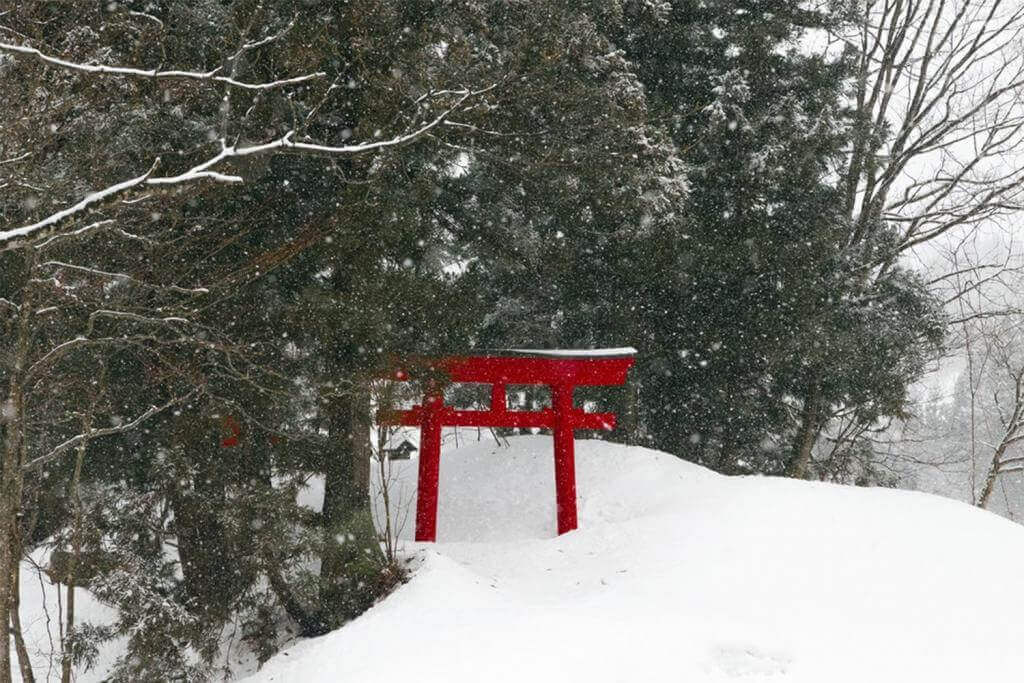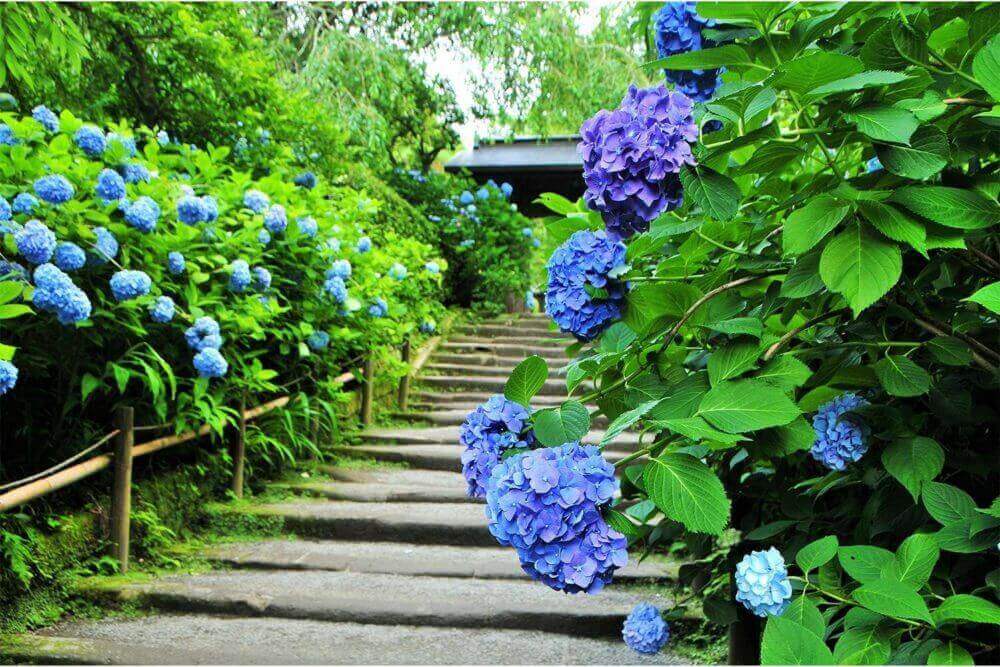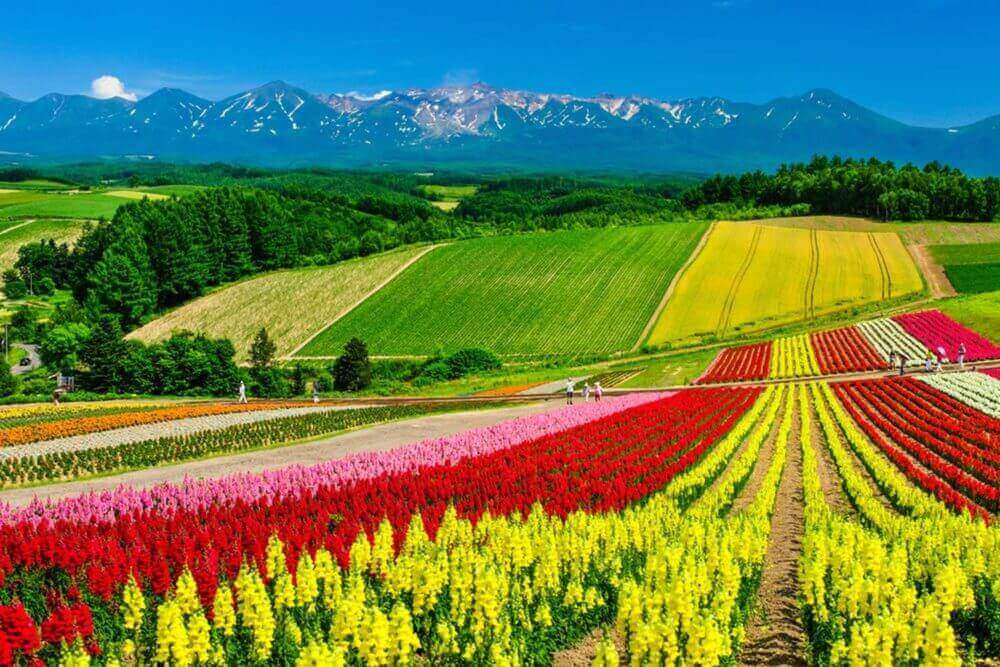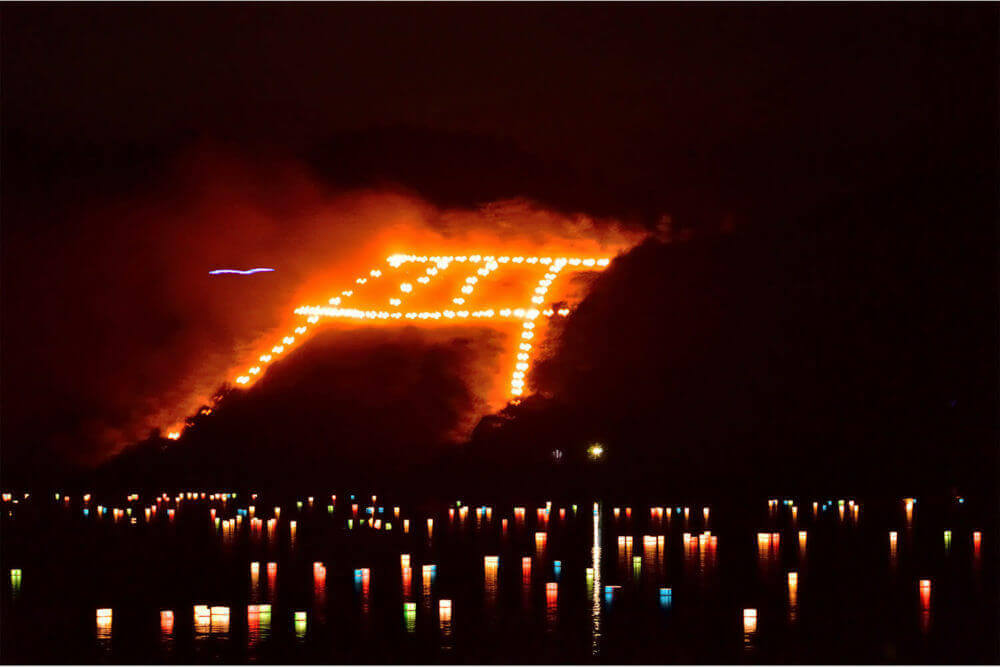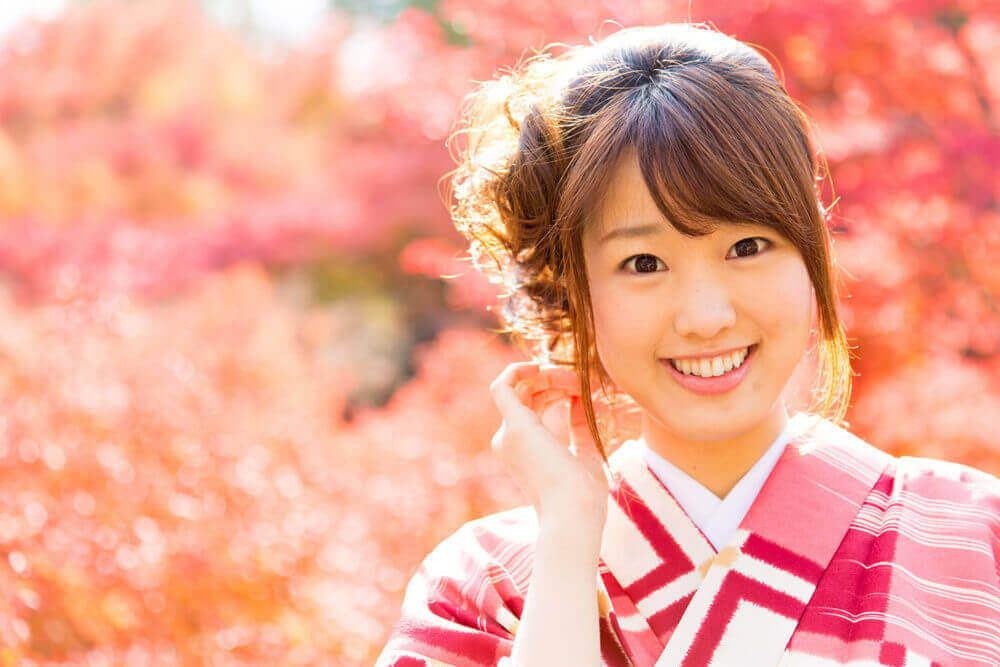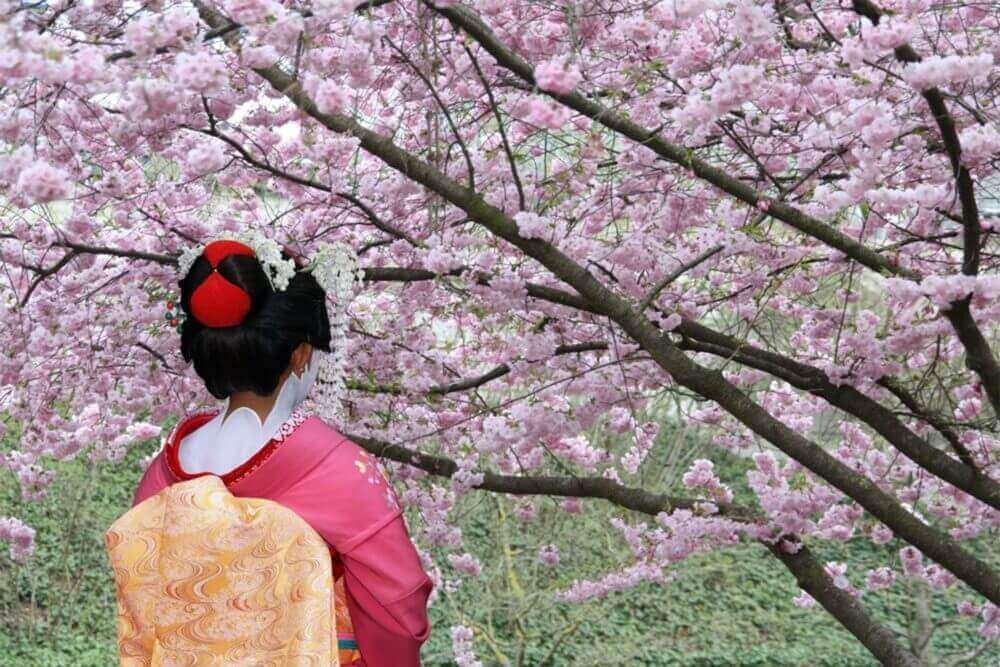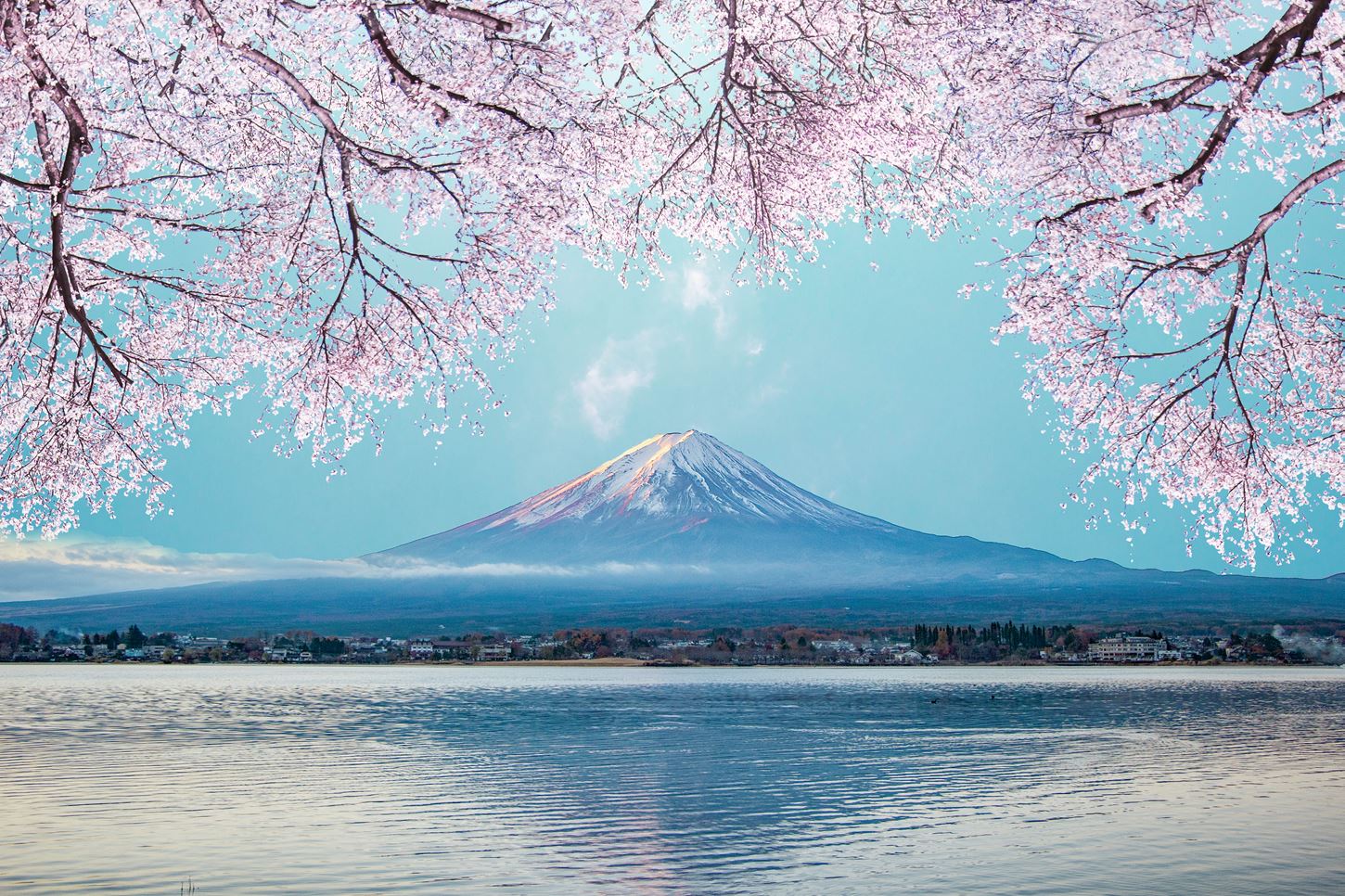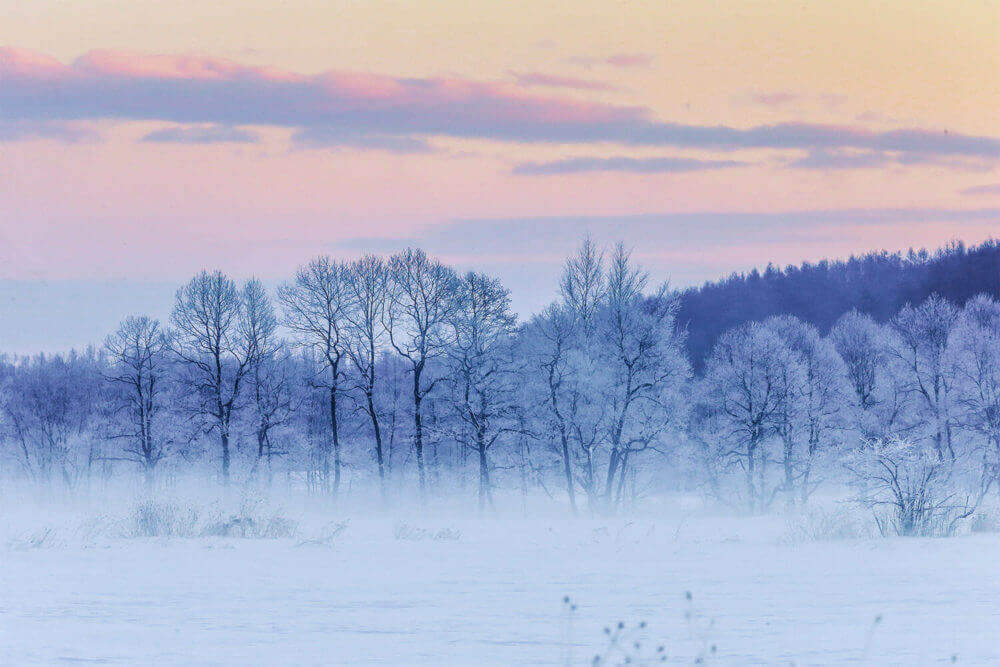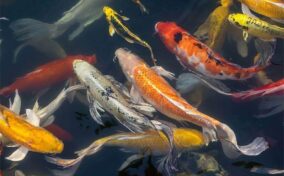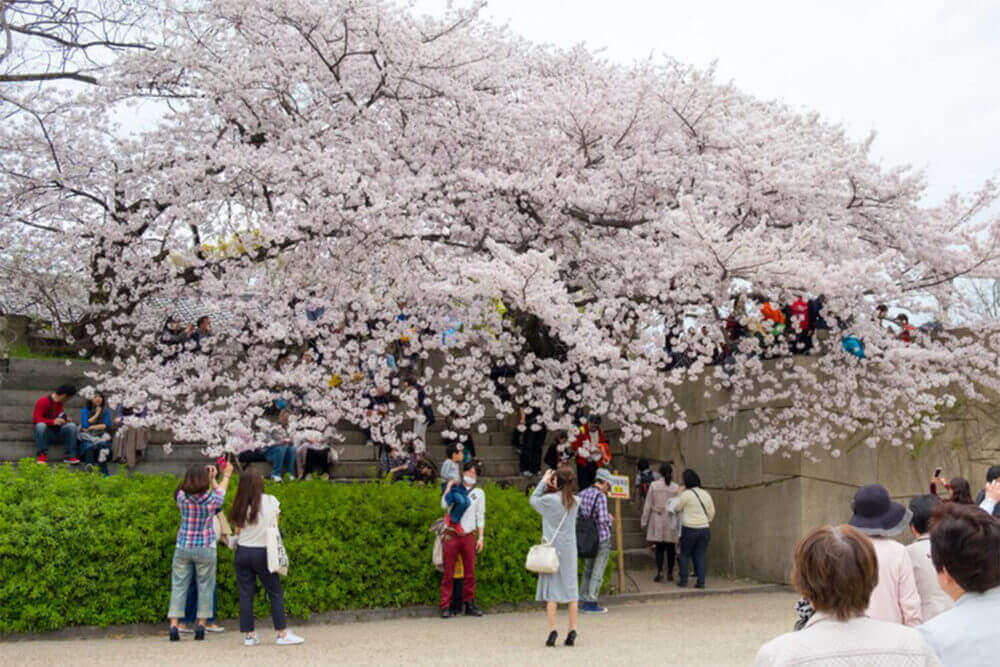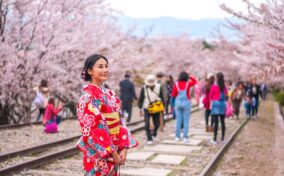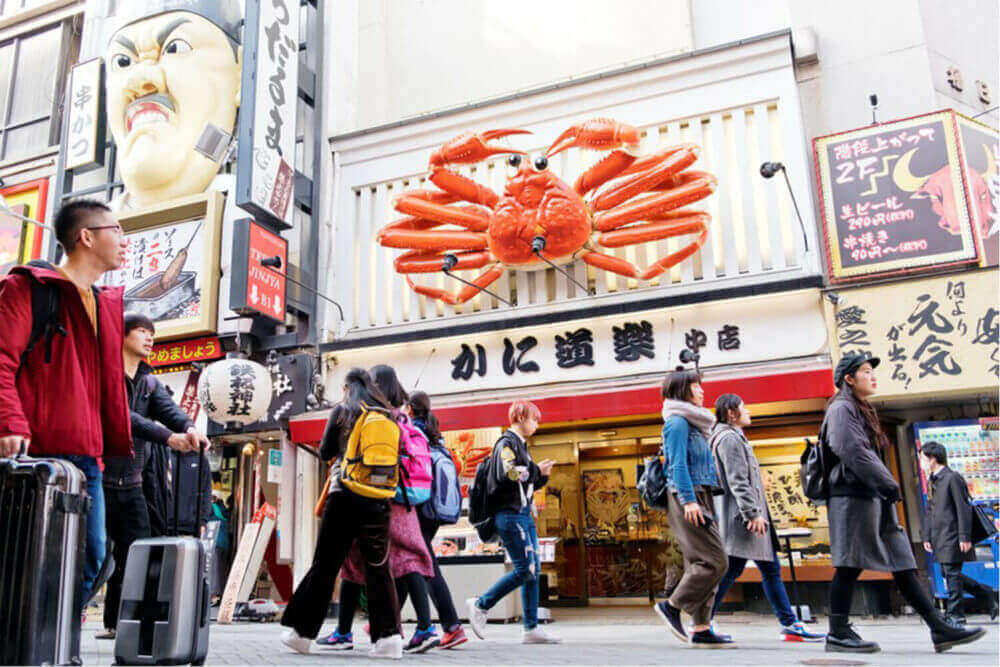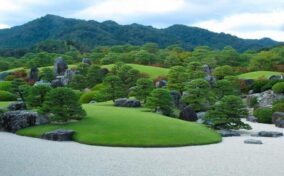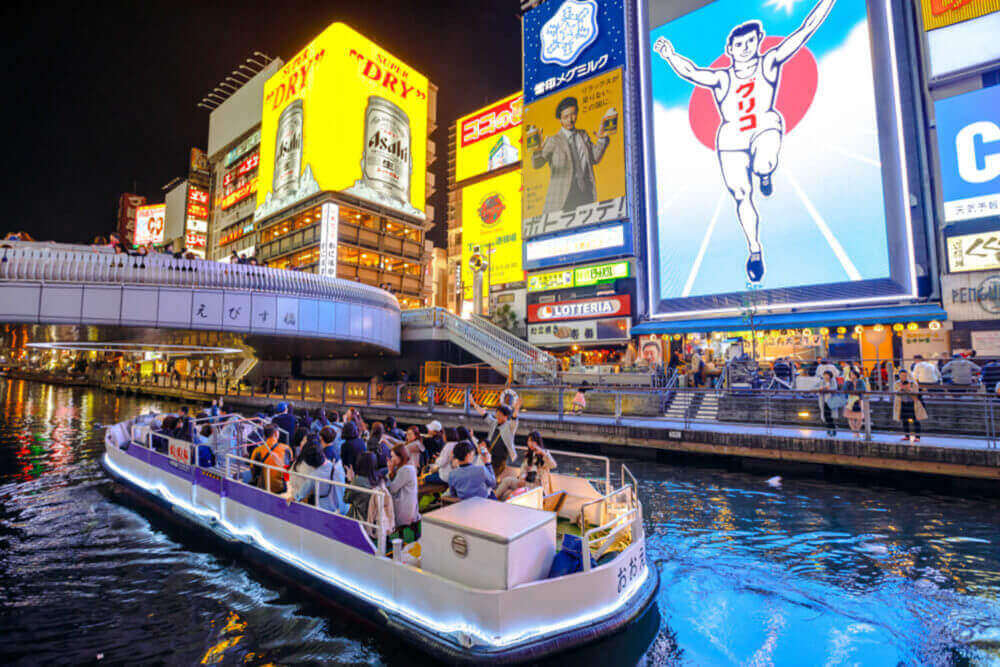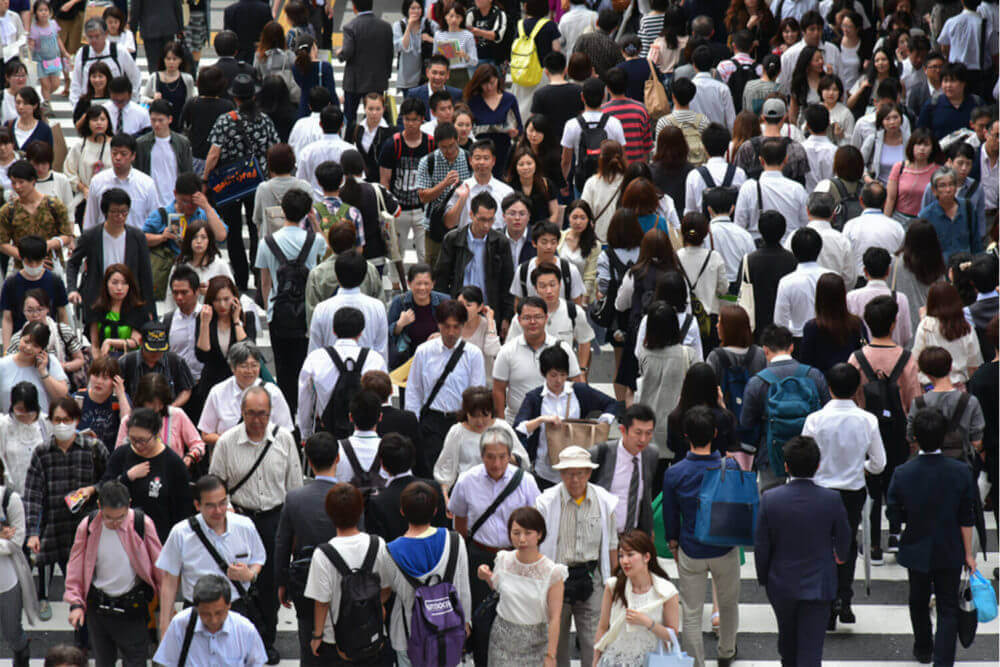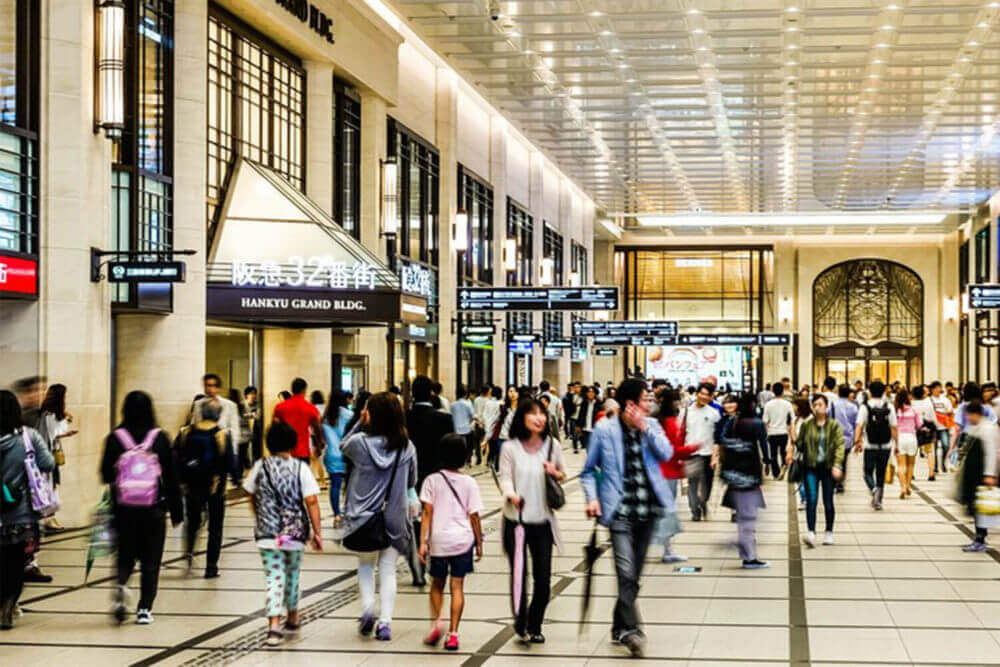When planning a trip to Japan, the local climate and weather are very important information. This time, we would like to introduce the latest weather data in Japan and the characteristics of the weather in each region for foreign tourists visiting Japan. Please use it to consider the best time and place to visit for you.
Table of Contents
The climate of Japan is diverse
Japan is an elongated archipelago extending 3000 kilometers north and south. It consists of 4 large islands and about 6,800 small islands. Climate is very different between northernmost Hokkaido and south Okinawa. Winter in Hokkaido is very cold, while Okinawa is relatively mild even in winter. The areas with heavy snowfall in winter is the Japan Sea side of Hokkaido and the Japan Sea side of northern Honshu.
The following data are average monthly climate values for major observation points in Japan calculated by the Japan Meteorological Agency based on observation data for 30 years (1991 to 2020) based on the technical regulations of the World Meteorological Organization (WMO).
12-month average temperature in major cities in Japan
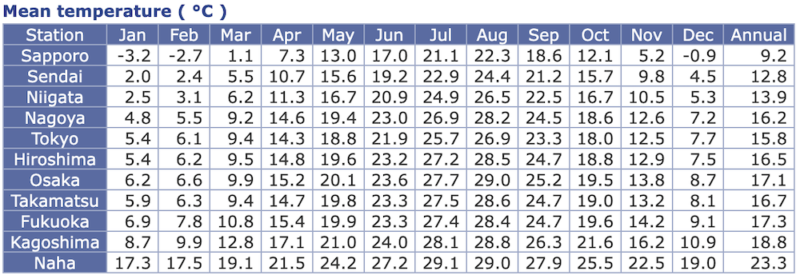
source: Japan Meteorological Agency
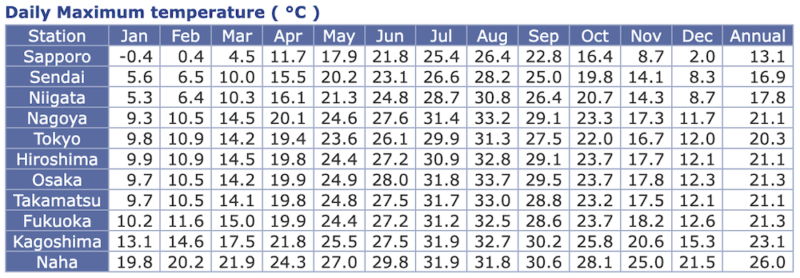
source: Japan Meteorological Agency

source: Japan Meteorological Agency
Precipitation in major cities in Japan every 12 months

source: Japan Meteorological Agency
Humidity in major Japanese cities by 12 months
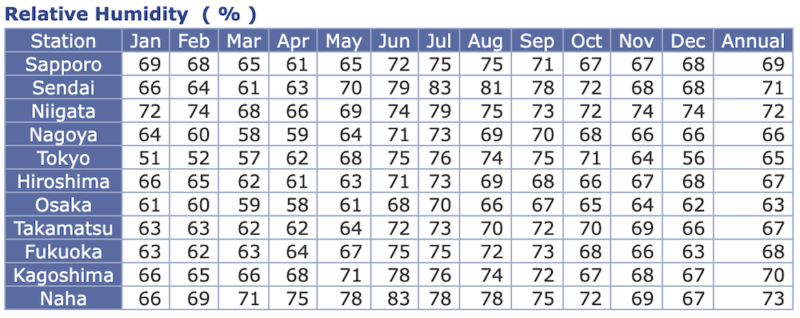
source: Japan Meteorological Agency
Sunshine hours in major cities in Japan every 12 months

source: Japan Meteorological Agency
Winter weather : Snow on the Japan Seaside
Like the backbone of the archipelago, mountain ranges are long running. Because of this mountain range, the climate of the Pacific side of the Japanese archipelago and the Japan Sea side are greatly different. Every winter, on the Japan Sea side of the country, many clouds damp from the Sea of Japan come into collision with the mountains. Here, snow falls often. Meanwhile, on the Pacific side, clear weather will continue in winter. If you go to areas west of the mountain range during winter, especially Hokkaido and northern Honshu, you will be able to see snowy landscapes.
Where in Japan has the most snow?
According to Japan Meteorological Agency records, the top three places with the most snowfall in the past are:
- Mount Ibuki (Shiga Prefecture) 1,182 cm February 14, 1927
- Sukayu (Aomori Prefecture) 566cm February 26, 2013
- Morikado (Niigata Prefecture) 463cm February 9, 1981
Where is the coldest (lowest temperature) in Japan?
According to the Japan Meteorological Agency, the top 3 lowest temperatures recorded in Japan are as follows. Both are located in Hokkaido.
- Asahikawa -41.0°C January 25, 1902
- Obihiro -38.2°C January 26, 1902
- Etanbetsu (Asahikawa) -38.1°C February 17, 1978
Generally speaking, Rikubetsu in Hokkaido is famous for being the coldest town in Japan. Rikubetsu Town has the lowest average temperature in January, with an average January temperature of -11.4°C and an average minimum temperature of -20.2°C. On February 117, 1978, the temperature dropped to -38°C.
By the way, Rikubetsu is known as the town with the highest possibility of seeing the aurora in Japan.
Japan’s rainy season: Around June, July
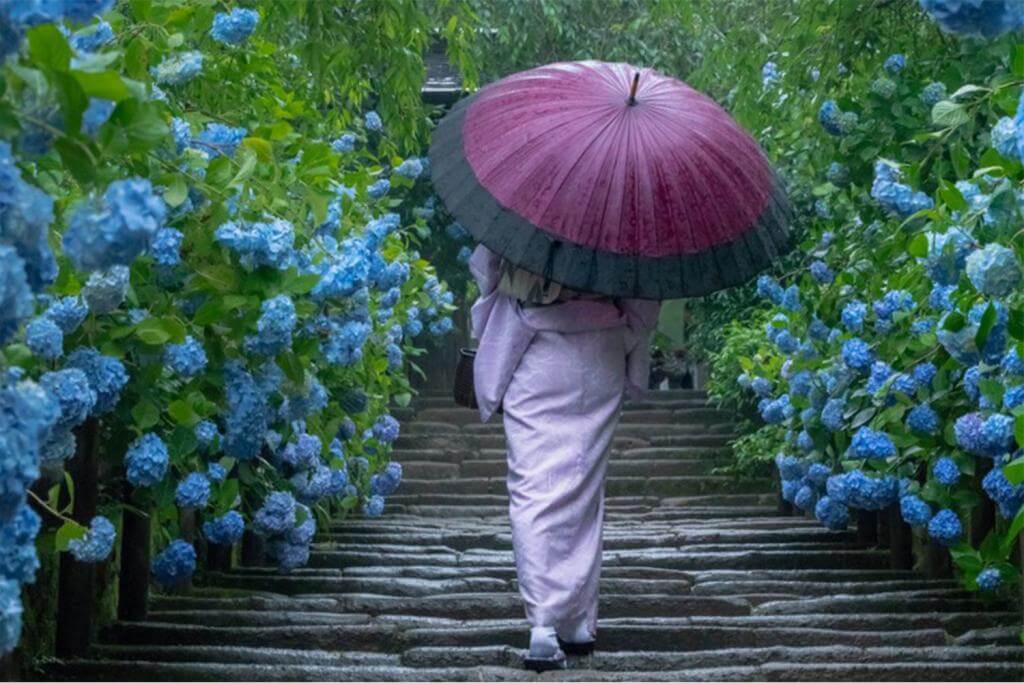
A woman in traditional Japanese kimono walking along the approach decorated with beautiful blue hydrangea (macrophylla) at Meigetsuin Temple in Kamakura on a rainy = Shutterstock
There is a rainy season called “Tsuyu” from mid-June to mid-July with the exception of Hokkaido. A rain front settles over the middle of the western part of Japan. The rain is not heavy like tropical storms. Expect long periods of quiet rainfall during this time. However, recently, due to global warming, there are times with heavy rain.
From this period until around September, the Japanese archipelago is generally high in humidity. In the summer (especially July and August), the maximum temperature of the day often exceeds 30 degrees Celsius. Hokkaido and the highland areas of Nagano prefecture are relatively cool, so these areas are popular as a summer resort.
Where does it rain the most in Japan?
According to data from the Japan Meteorological Agency, the top three average annual precipitation for the past 30 years are as follows.
- Kochi Prefecture 2666.4mm
- Miyazaki prefecture 2625.5mm
- Kagoshima prefecture 2434.7mm
The above areas are easily affected by typhoons, and heavy rains occur especially in August and September.
Where is the hottest place in Japan (highest temperature)?
According to Japan Meteorological Agency data, the top three highest temperatures in Japan are as follows.
- Hamamatsu, Shizuoka * 41.1 August 17, 2020
Kumagaya, Saitama * 41.1 July 23, 2018 - Mino, Gifu 41.0 August 8, 2018
Kanayama, Gifu 41.0 August 6, 2018
Ekawasaki, Kouchi 41.0 August 12, 2013 - Tenryu, Shizuoka 40.9 August 16, 2020
Tajimi, Gifu 40.9 August 16, 2007
Compared to Okinawa and Kyushu located in the south, the area (basin) surrounded by mountains in the inland area of Honshu is hotter than the highest temperature.
Autumn is the best season in Japan
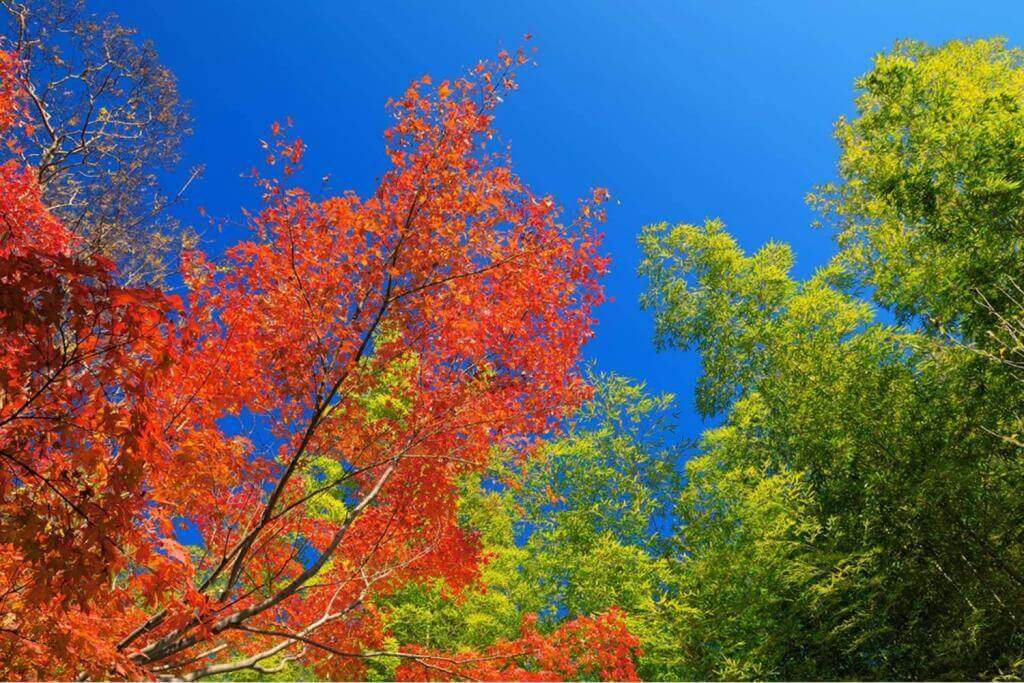
Red fall foliage against the clear blue sky in Arashiyama, Kyoto, Japan = Shutterstock
From July to the first half of October, violent tropical rainstorms called “typhoons” come into the Japanese archipelago. When the typhoon hits, it will rain heavily. When the typhoon season ends, the entire Japanese archipelago will clear up well. It’s most comfortable in the year from October to November which is why it’s the best season to visit Japan. Many sightseeing spots are crowded with people enjoying good weather on vacation.
Where in Japan has the most sunshine (number of sunny days per year)?
Based on data from the Japan Meteorological Agency, the top 3 regions with the most fine weather (clear blue sky days with very few clouds) in a year are as follows.
- Saitama prefecture 57.3 days
- Miyazaki Prefecture 52.0 days
- Chiba Prefecture 50.7 days
Where are there many famous scenic spots in Japan?
The top three prefectures in terms of the number of scenic spots are as follows.
A scenic spots (Japanese ‘名勝’) is a place that is “indispensable as one of Japan’s outstanding national landscapes, and is of outstanding scenic beauty, scenic or academic value in terms of its natural beauty, or artistic or academic value in terms of its humanistic beauty,” as defined by the Japanese government (Agency for Cultural Affairs).
- Kyoto Prefecture 43 cases
- Shiga Prefecture 22 cases
- Fukui Prefecture 14 cases
I think that scenic spots in Japan are worth visiting, especially in autumn when the leaves turn red.
Spring in Japan: Cherry blossom viewing is exceptional!
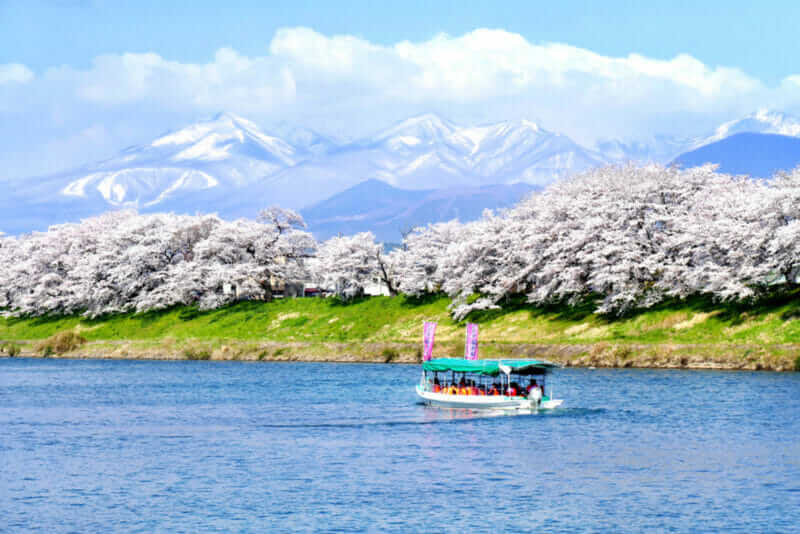
Tourist boat and rows of Cherry blossoms or sakura with the snow-covered Zao Mountain in the background along the bank of Shiroishi river in Miyagi prefecture, Japan = shutterstock
Cherry blossoms are the signal to welcome the spring season in Japan. The earliest cherry blossoms bloom in Okinawa. The cherry blossoms gradually bloom from mid-January, and the earliest cherry blossom festival in Japan begins, but Okinawa is special.
Spring in Japan starts in March. Cherry blossoms begin to bloom in order from warm regions, and in May, Aomori Prefecture, the northernmost prefecture of Honshu, and Hokkaido also begin to bloom. There are many scenic spots for cherry blossoms all over Japan. The best time to see cherry blossoms at each location is about one week. In order not to miss spring, the Japanese pay close attention to the cherry blossom forecast along with the weather forecast.
When do cherry blossoms usually bloom?
The table below shows the dates of flowering and full bloom in major cities, as well as the number of days difference from the average year. (Created in 2023)
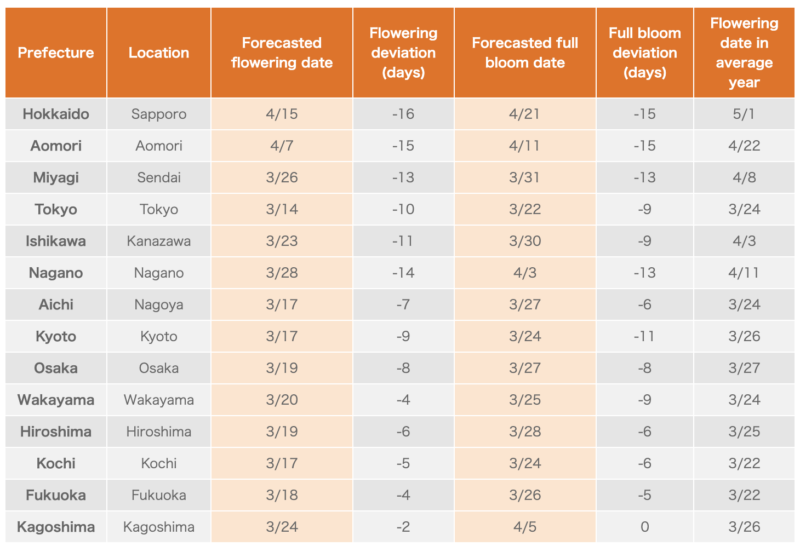
source: Japan Meteorological Corporation
If you want to know more details, please refer to “Otenki Navigator Sakura Navi” which provides information about cherry blossoms, such as cherry blossom blooming and full bloom forecasts at about 1,000 locations nationwide.
Seasons in Japan: Recommended Videos
Related articles on weather in Japan
For Japanese weather data, please refer to the official website of the Japan Meteorological Agency.
>> Click here for official website of Japan Meteorological Agency
JAPANICLE.com has extensive content on the weather in Japan. Please click on the links below to view monthly weather data and clothing information for various regions of Japan.
Thank you for reading to the end.
Now, let’s plan to make your vacation in Japan the best experience ever!
